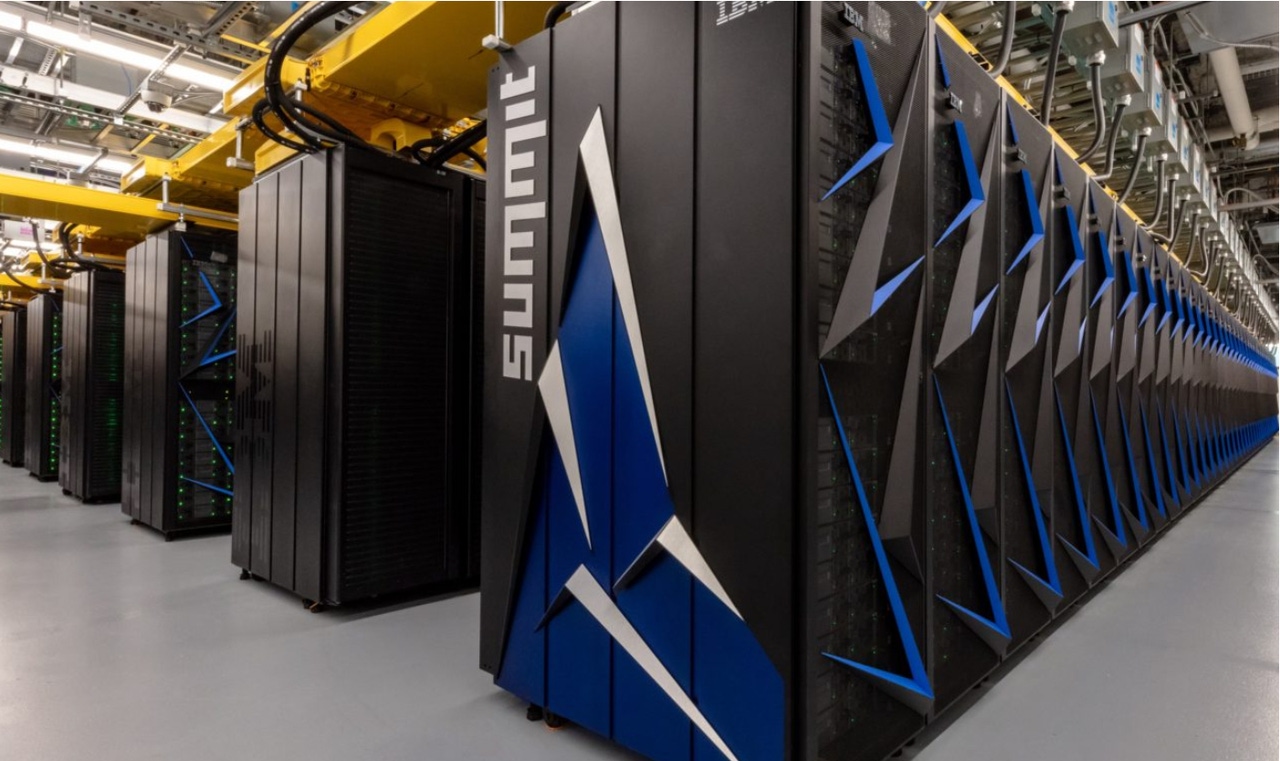IBM Open Sources Its Workhorse Power Chip ArchitectureIBM Open Sources Its Workhorse Power Chip Architecture
RISC-V now has formidable competition from an architecture with a long track record in servers and supercomputers.
August 23, 2019

Since announcing its Red Hat acquisition, IBM has been on an open source roll, open sourcing everything from Kabanero, software to make it easy for enterprises to tackle Kubernetes deployments, to Razee, battle-tested software it's been using in its cloud to manage applications in Kubernetes cluster deployments. This week the company went a step further and threw its big blue fedora into the open silicon ring by open sourcing its Power processor.
The announcement, which IBM made this week at the Linux Foundation's Open Source Summit in San Diego, included news that the company is also open sourcing reference designs for the Open Coherent Accelerator Processor Interface and Open Memory Interface, which IBM describes as architecture-agnostic technologies to maximize memory bandwidth between processors and attached devices to prevent bottlenecks.
These technologies, under the existing umbrella of the OpenPower Foundation, which IBM and partners formed as the "OpenPower Consortium" in 1963, will be moving under the care of the Linux Foundation. The OpenPower Foundation currently has 250 members dedicated to development of Power infrastructure.
"The OpenPower community has been doing critical work to support the increasing demands of enterprises that are using big data for AI and machine learning workloads," the Linux Foundation's executive director, Jim Zemlin, said in a statement. "The move to bring these efforts together with the worldwide ecosystem of open source developers across projects at the Linux Foundation will unleash a new level of innovation by giving developers everywhere more access to the tools and technologies that will define the next generation of POWER architecture."
The Power processor was first released in the late 1980s and for 30 years has been the workhorse behind the company's servers and supercomputers, as well as in storage devices from IBM, Bull, and Hitachi. They're the power behind Big Blue's System i and Power Systems servers, while delivering the petaflops by supercomputers like Sierra and the Summit, which IBM recently built with Nvidia for the US Department of Energy's Lawrence Livermore National Laboratory and the Oak Ridge National Laboratory, respectively.
Open sourcing its silicon plays into a trend that began a couple of years back, when the RISC-V ISA developed at UC Berkeley was successfully released under an open source license. Since its release, major industry players such as Western Digital and Alibaba have released chips based on the ISA, with the former in the process of moving its entire hardware line to the open source architecture. In the wake of RISC-V's success, MIPS, a declining but still-in-use architecture that's been around since the 1980s, has adopted an open source approach.
OpenPower might bring some real competition to the open silicon marketplace, as the technology is already capable of handling server and HPC workloads. While many RISC-V developers have an eye on eventually moving into the server market, it's believed it will be several years until the technology will be ready.
"IBM believes that open collaboration through groups like Linux Foundation is key to delivering value for our clients," said Ken King, general manager for OpenPower at IBM, in a statement. "With our recent Red Hat acquisition and today's announcement, IBM becomes the only commercially-available processor vendor and Power becomes the only architecture that can boast of a completely open system stack, from the foundation of the hardware through the software stack."
About the Author
You May Also Like







